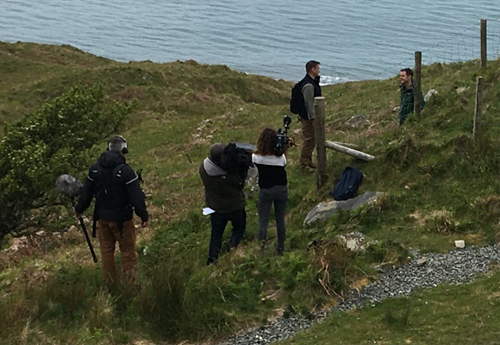Written by Sue Evans, Director GWCT Cymru
2 Minute Read

After the Nant Gwtheyrn feral goat project was featured on Countryfile, some may ask why are GWCT doing a project on goats. Is this part of GWCT’s charitable objectives? How does it fit in with the rest of our work?
The GWCT has experience in finding practical solutions to conservation problems. The development of the mink raft is a good example of the GWCT working in the past to reinstate balance within a local environment. The mink raft was developed as the key element to enable the counting and removal of the non-indigenous mink from water catchment areas where they were harming local biodiversity. The feral goats in Wales are an iconic species that also affect the habitat and biodiversity of local areas, but they have been there a lot longer than the mink and there is no plan to eradicate them. However, we do need to understand what impact they have on the surrounding environment and as always GWCT will be looking for balance in the local ecosystem. This may require management to reduce the numbers but that is not something we would condone without the knowledge of what effect current numbers are having on their surroundings. Which is what this project is all about.
We have seen in Wales, Scotland and Ireland that feral goats cause problems in their local environment through browsing of indigenous plants and trees. Unchecked and not managed Feral goat populations can multiply quickly causing problems that require investigation and the development of solutions.
After all our Charitable objective is “To conserve game and wildlife for the public benefit including where it is for the protection of the environment, the conservation or promotion of biological diversity through the provision, conservation, restoration or enhancement of natural habitat; or the maintenance or recovery of a species in its natural habitat”
So, in Wales, we may do things a little differently in our quest to help reverse the decline in biodiversity and restore balance in our natural environment, but it will be with GWCT’s usual science-based approach providing sound, practical solutions.
Further reading: